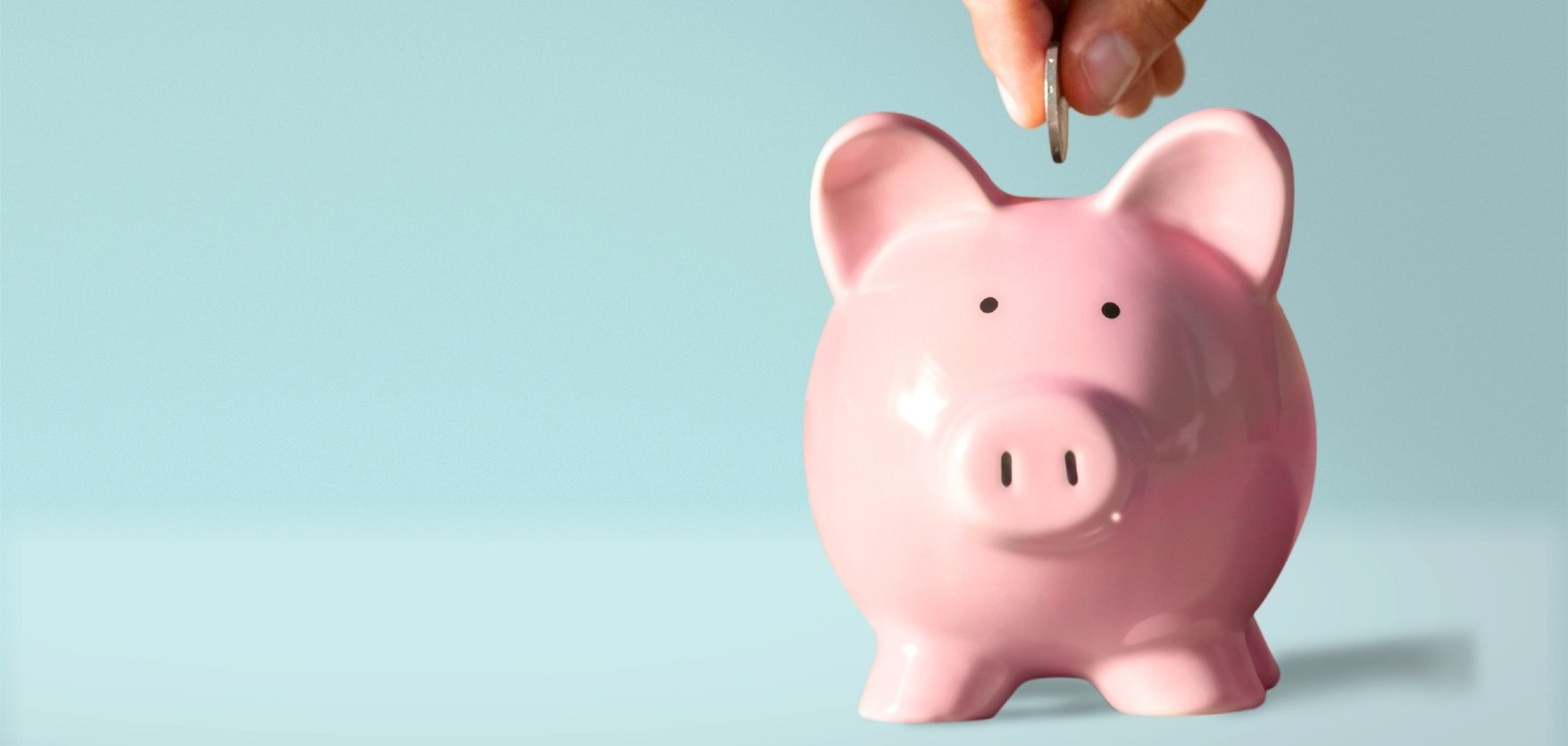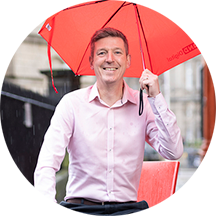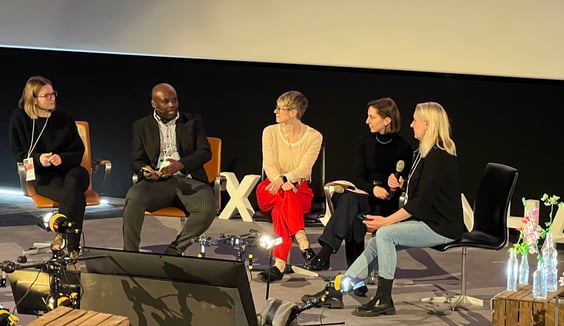UX and Design
Return on Investment of your UX Design
09 June 2023 • 4 min read

Most business decisions come down to… budget! And linked to this, the return on investment to start and execute your projects. We spoke to Lynsey Brownlow, Experience Principal at AND Digital’s club Grace in Edinburgh, about ways to apply financial and/ or business value to your User Experience (UX) design work.
Great to talk, Lynsey! Can you give us a bit of background to your role and where UX fits into the overall digital transformation space in Scotland?
Lynsey: I have spent almost 10 years of practice getting under the skin of multiple organisations' processes, services and products, across all different sectors and global locations - to achieve the best experiences possible. Throughout these years, I have found myself working with C-suite executives and multi-disciplinary teams proving the value of investing in UX. Coming from a background in product design, this was not something that came naturally at first. Over the years I have found multiple ways of achieving buy-in, resulting in the communication of UX decisions becoming easier to justify.
After a period abroad, I returned to Scotland where the tech scene continues to boom. The role of UX has quickly moved from the physical product space, into the digital practices. Aligning user experiences with the brand and product experiences that customers expect to see on their digital channels, is a very exciting area to work in. Thankfully we see a desire at our customers to include UX as an integral part of their digital projects.
Can you elaborate on the evolution of UX as part of the digital experience? It would appear that digital projects were primarily driven by engineers and developers. Has this changed?
Lynsey: People have started to understand the significance of creating a close knit team that brings together specialists from different areas. At the outset of every (change) project, there is the risk of jumping too quickly into solutioning and starting to build a technical roadmap and/ or backlog of stories. For the UX experts, it is critical to have a clear line of communication with not only the project lead but also the business analysts and lead developers. I see a lot of difficult discussions now being held at the start of the project rather than midway through it when the challenges to reverse-engineer steps can really slow down the project execution. The ability of the UX team to articulate requirements and get buy-in from the start, has elevated the importance of UX. This has come with added responsibility, as you understand.
Accountability often comes with budget responsibility and managing customer expectations. Does this feel like as a risk to the UX team or rather an opportunity to shine?
Lynsey: I will expand on a couple of areas before answering your question. When we work together with our customers, we take their insights (of their customers) as a starting point. We combine this with our industry knowledge and best practices on UX and develop a set of foundational UX elements. See it as a basic LEGO box: as long as you have enough building blocks, you can create an endless amount of variations. This way the team can fall back on a solid foundation that will meet the minimum customer needs (the minimum loveable product, as we call it) and it creates immediate efficiency gains as many of the elements can be reused. We then encourage the project team to quickly embed these elements into the build releases so we can test and iterate at the earliest opportunity. The collaboration with the other functional teams is crucial here as they will see the benefits of the UX design but also have the opportunity to highlight flaws or issues that need to be addressed. These shared learnings are great for team morale! So to answer your question; the UX team should enjoy the shared responsibility for the budget. Creating an UX design and underlying strategy does not only give you the chance to delight your customers from an UX perspective but it also enables you to create efficiencies and thereby grow revenue.
Lastly, how do you see UX practices evolve over the next 5 years? Will creativity and customer delight triumph over Return on Investment discussions?
Lynsey: I think these items only scratch the surface of the UX evolution. The digital acceleration across our society has given all of us plenty of opportunities to look differently at the next set of innovations. From my point of view, there are 3 areas that require immediate attention if we want to grow the impact of UX: sustainable designs, agile approach to development and education of stakeholders. If I can elaborate on these… The move from physical to digital experiences gives us a brilliant way to create sustainable elements and re-use these. Hardware will continue to be replaced by software and UX design is no exception to this. An agile approach to design and development gives people and organisations the change to embrace changes, adopt them and tweak them along the way. Research has shown that we all benefit from this approach. It also links to the final step: we need to work harder as the UX community to bring our stakeholders along for the ride. Early and consistent engagement is key for C-suite decision makers as many are still on the learning curve of what UX will bring to the business. If we can execute on the above items, then discussions on ROI will soon be a distant memory as customer delight and retention will become synonymous with great UX design.
Lynsey Brownlow was speaking at UX Scotland in Edinburgh on Thursday 8 June 2023.
If you are interested in learning more about UX, get in touch via the form below.



